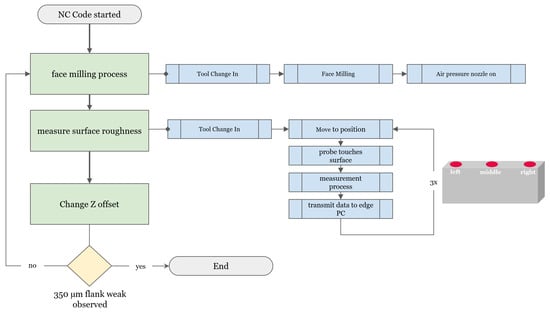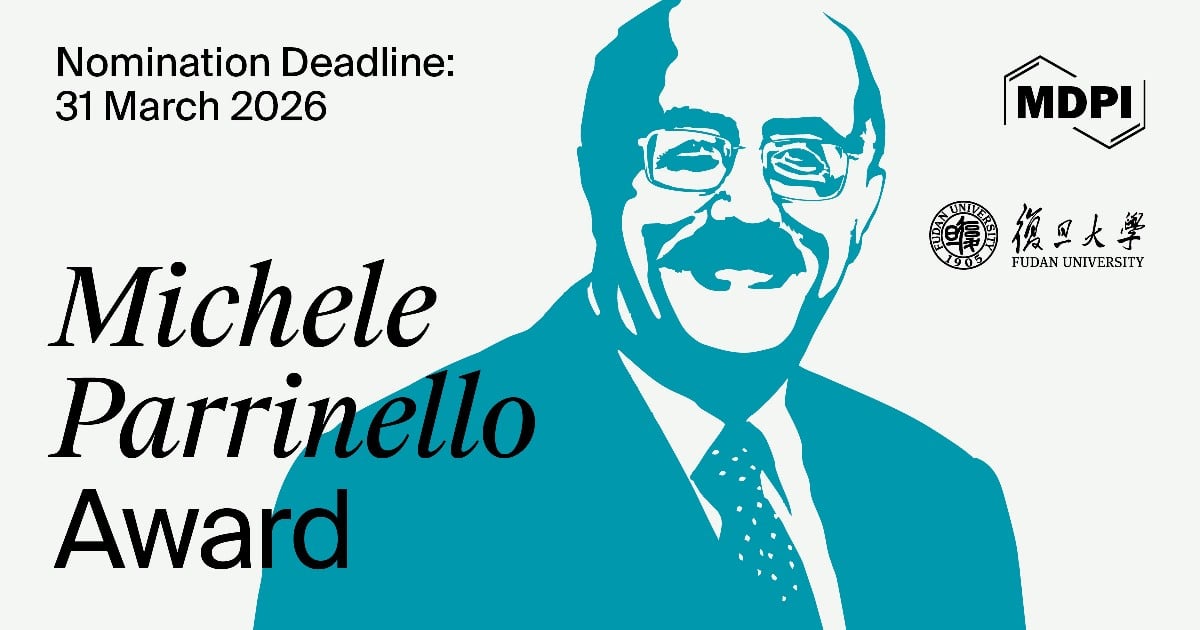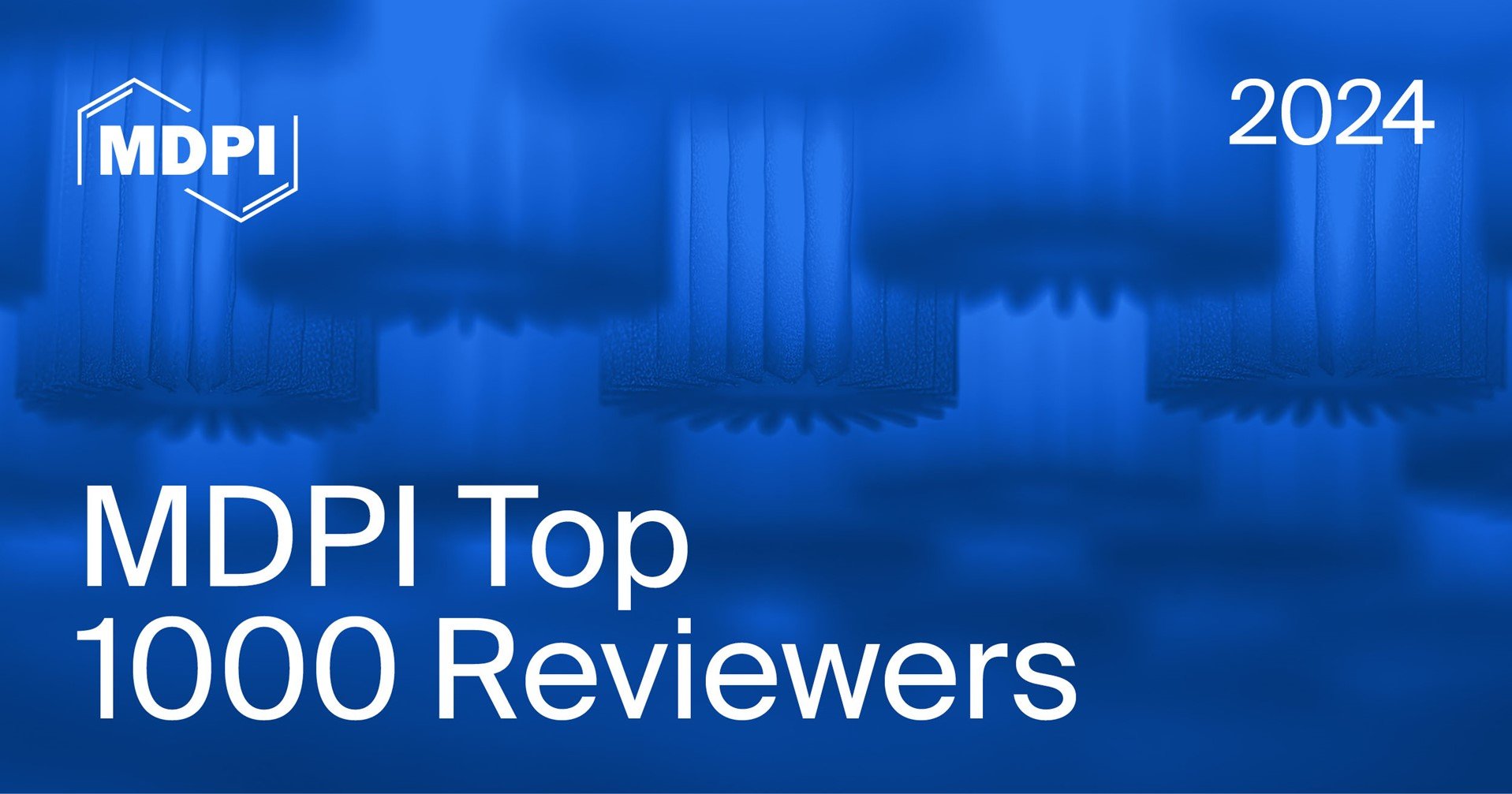-
 Comparison of Magnetic Field Maps by Direct Measurement and Reconstruction Using Boundary Element Methods
Comparison of Magnetic Field Maps by Direct Measurement and Reconstruction Using Boundary Element Methods -
 Fabrication and Characterization of a Thermal Flow Sensor Based on the Ensinger Microsystems Technology
Fabrication and Characterization of a Thermal Flow Sensor Based on the Ensinger Microsystems Technology -
 Experimental Study of Ambient Temperature Influence on Dimensional Measurement Using an Articulated Arm Coordinate Measuring Machine
Experimental Study of Ambient Temperature Influence on Dimensional Measurement Using an Articulated Arm Coordinate Measuring Machine -
 Investigation and Improvement of Inconsistency in Surface-Form Measurement Results Due to Difference of Incident Direction of Measuring Light in Abramson-Type Oblique-Incident Interferometer
Investigation and Improvement of Inconsistency in Surface-Form Measurement Results Due to Difference of Incident Direction of Measuring Light in Abramson-Type Oblique-Incident Interferometer -
 Learning-Based 3D Reconstruction Methods for Non-Collaborative Surfaces—A Metrological Evaluation
Learning-Based 3D Reconstruction Methods for Non-Collaborative Surfaces—A Metrological Evaluation
Journal Description
Metrology
- Open Access— free for readers, with article processing charges (APC) paid by authors or their institutions.
- High Visibility: indexed within ESCI (Web of Science), Scopus and other databases.
- Journal Rank: CiteScore - Q2 (Engineering (miscellaneous))
- Rapid Publication: manuscripts are peer-reviewed and a first decision is provided to authors approximately 37 days after submission; acceptance to publication is undertaken in 5.8 days (median values for papers published in this journal in the first half of 2025).
- Recognition of Reviewers: APC discount vouchers, optional signed peer review, and reviewer names published annually in the journal.
Latest Articles
E-Mail Alert
News
Topics
Conferences
Special Issues
Deadline: 15 December 2025
Deadline: 31 December 2025
Deadline: 15 January 2026
Deadline: 15 March 2026




























